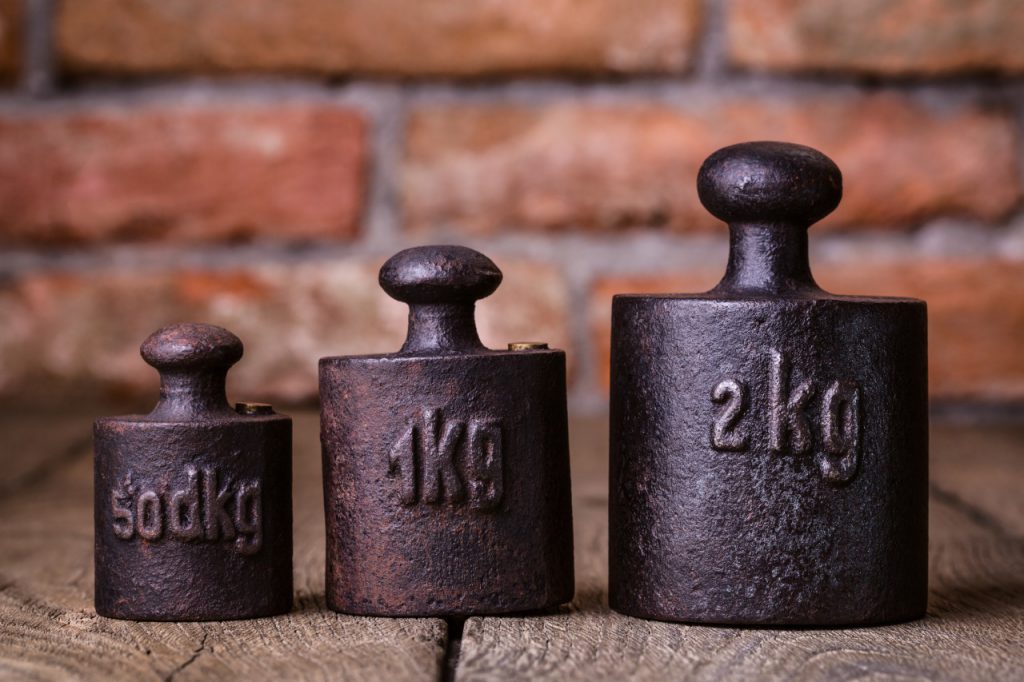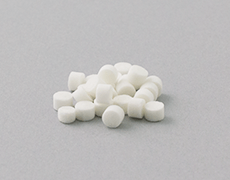Resources
Categories
Japan Agency for Medical Research and Development (AMED) focusing on mechanobiology

Promoting research on mechanobiology
A research and development area of “Elucidation of Mechanobiological Mechanisms and Their Application to the Development of Innovative Medical Instruments and Technologies” was launched in FY 2015 as an innovative, advanced R&D support project of AMED. By promoting this support project, AMED aims to deepen knowledge about how the body senses and responds to physical stimuli (mechanical stress), thereby leading to medical applications. At the same time, research on this topic also is expected to lead to the development of fundamental technologies to measure these phenomena with high accuracy.
| Program list of Elucidation of mechanobiological mechanisms and their application to the development of innovative medical instruments and technologies |
|||
|---|---|---|---|
| Year | AMED grant program (Only AMED-CREST programs were listed here) | Affiliation | Name of PI |
| 2017 | Molecular mechanobiological and pathological analyses of cell migration and neuronal network formation based on the force interaction between cells and adhesive substreates |
Nara Institute of Science and Technology | Prof. Naoyuki Inagaki |
| 2017 | Analysis of angiogenesis-related signaling pathways regulated by cyclic compression force -for developing wound treatment devices by noncontact ultrasound | Nippon Medical School | Prf. Rei Ogawa |
| 2017 | Development of novel therapeutic approaches for heart failure by dissecting the mechanisms of cardiomyocyte mechanobiology | The University of Tokyo | Prof. Issei Komuro |
| (There are 9 more PRIME programms) | |||
| 2016 | Analysis of mechano signal cascade regulating tendon/ligament homeostasis and regeneration |
Tokyo Medical and Dental University | Prof. Hiroshi Asahara |
| 2016 | Elucidation of membrane and sugar chain environment required for mechano-sensing/response and its application to the development of therapeutic strategy for muscle diseases | Kobe University | Assoc. Prof. Motoi Kanagawa |
| 2016 | Mechanobiology in cancer and stroma cells | Hokkaido University | Prof. Hisashi Haga |
| 2016 | Mitochondrial mechanobiology to unravel its role in muscular atrophy | Tohoku University | Prof. Atsushi Higashitani |
| (There are 8 more PRIME programms) | |||
| 2015 | Exploration of molecular mechanisms of nucleocytoplasmic mechano-transduction and its medical application. |
Tohoku University | Prof. Toshihiko Ogura |
| 2015 | Development of mechanobio-materials for quality keeping culture of stem cells | Kyushu University | Prof. Satoru Kidoaki |
| 2015 | Elucidation of mechanocascade by osteocyte for bone homeostasis | Tokyo Medical and Dental University | Prof. Tomoki Nakashima |
| 2015 | Elucidation of mechanobiological mechanisms and their application to the development of innovative medical instruments and technologies | Niigata University | Prof. Hiroshi Hibino |
| 2015 | Development of a comprehensive analysis technique for mechanotransduction through tissue-cell-nucleus pathway toward the elucidation of mechanisms of disease development in blood vessels | Nagoya University | Prof. Takeo Matsumoto |
| 2015 | Vascular mechanobiology: Molecular mechanisms of blood flow sensing and cerebral aneurysm development |
The University of Tokyo | Assoc. Prof. Kimiko Yamamoto |
| (There are 13 more PRIME programms) | |||
| Produced on the basis of AMED web site (https://www.amed.go.jp/content/000028682.pdf). | |||
Mechanical stress in the body
Mechanical stress is taking place even in our daily lives. Examples include stimulation in the oral cavity by chewing movement or orthodontics, elongation stimulation by respiration, and shear stress due to air currents. Other examples include effects in the cardiovascular system due to shear stress caused by blood flow, or by stretch stimulation due to blood pressure and pulsation, as well as stimulation in the musculoskeletal tissue by daily movement and exercise. Many have heard of the muscle and bone atrophy that affects astronauts after extended stays in space; this has been attributed to the lack of mechanical stress in the microgravity environment.
Evaluation of mechanical stress at the cell level
To understand the phenomena described above at the cell level, culturing devices that seed cells on a silicon chamber and provide extension stimulation are on the market; it also has been shown that the cytoskeleton is changed by extension stimulation. In addition, it has been reported that repeated compressive stimulation can be applied to cells during 3D culturing in collagen gel or collagen sponge; the impact of mechanical stress on skin, joints, etc., also is being evaluated.
Stiffness of tissues and culture substrates
Cultured cells are affected not only by conditions that apply dynamic mechanical stresses, but also by the hardness of the substrate during cell culture. General plastic and glass lab ware for cell culturing have a hardness exceeding 1 GPa. In contrast, the in vivo hardness of soft tissues like brain and muscle ranges from 0.1-1.0 kPa and 8-17 kPa (respectively); with that of even hard tissues like bone being only 25-40 kPa. Thus, the hardness of the cell cultureware and the actual tissue differ greatly. Therefore, in recent years, there have been reports of cell culture using polyacrylamide gels or collagen gels with different stiffnesses. It also has been suggested that the hardness of the substrate affects the direction of differentiation of stem cells and the process of malignancy of cancer cells.

Change in hardness of the cell itself
Another aspect of mechanobiology is the change in the hardness of the cells themselves. There is a series of reports that the hardness of cancer cells differs greatly from that of normal cells, and this phenomenon is drawing attention as a marker for cancer diagnosis. However, analysis by atomic force microscope (AFM), which has been used conventionally, takes time. Recently, Professor Wax’s laboratory at Duke University in the United States has published a non-contact, high-throughput method for evaluating hardness by using two types of lasers and cameras; medical application of this research is expected.


